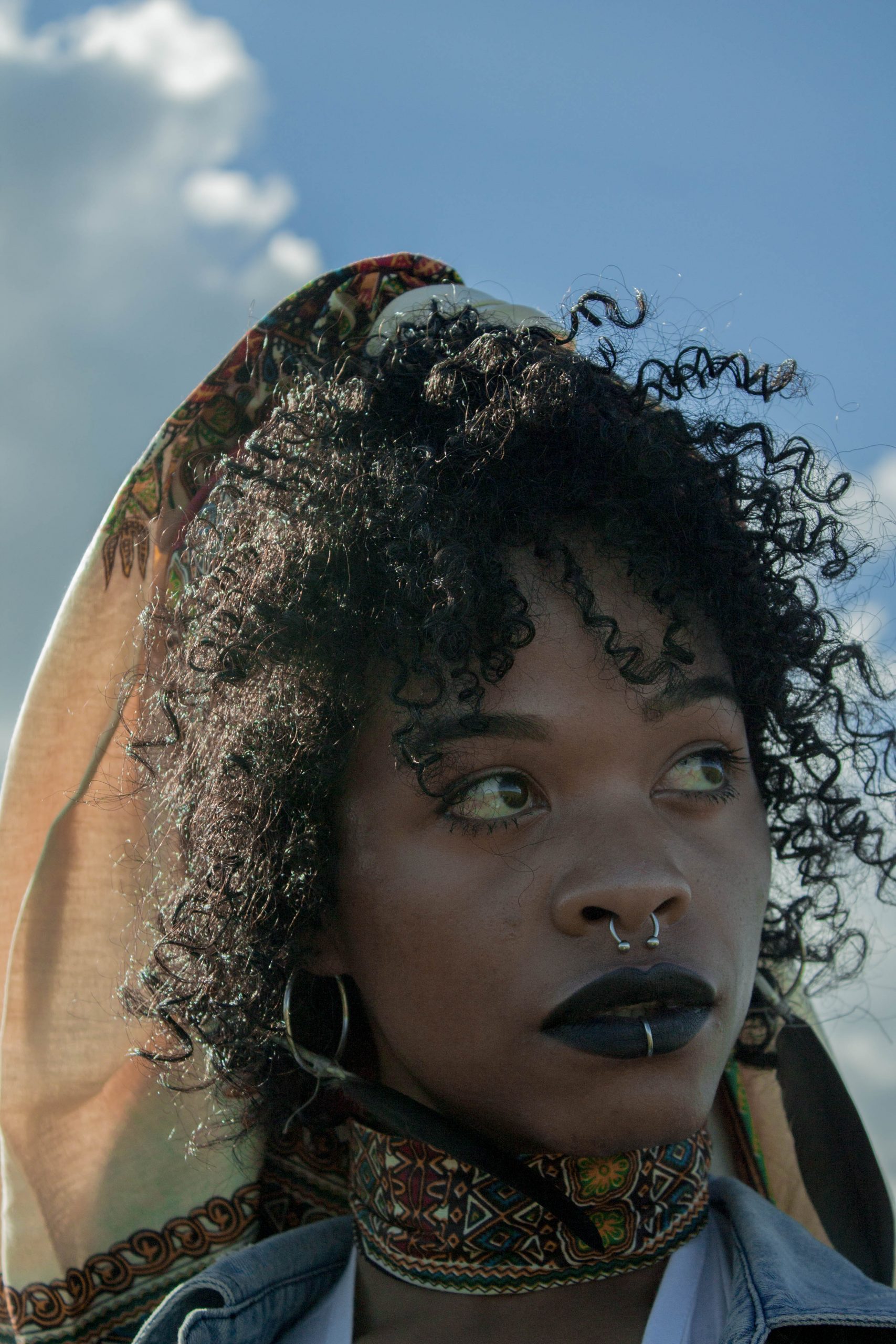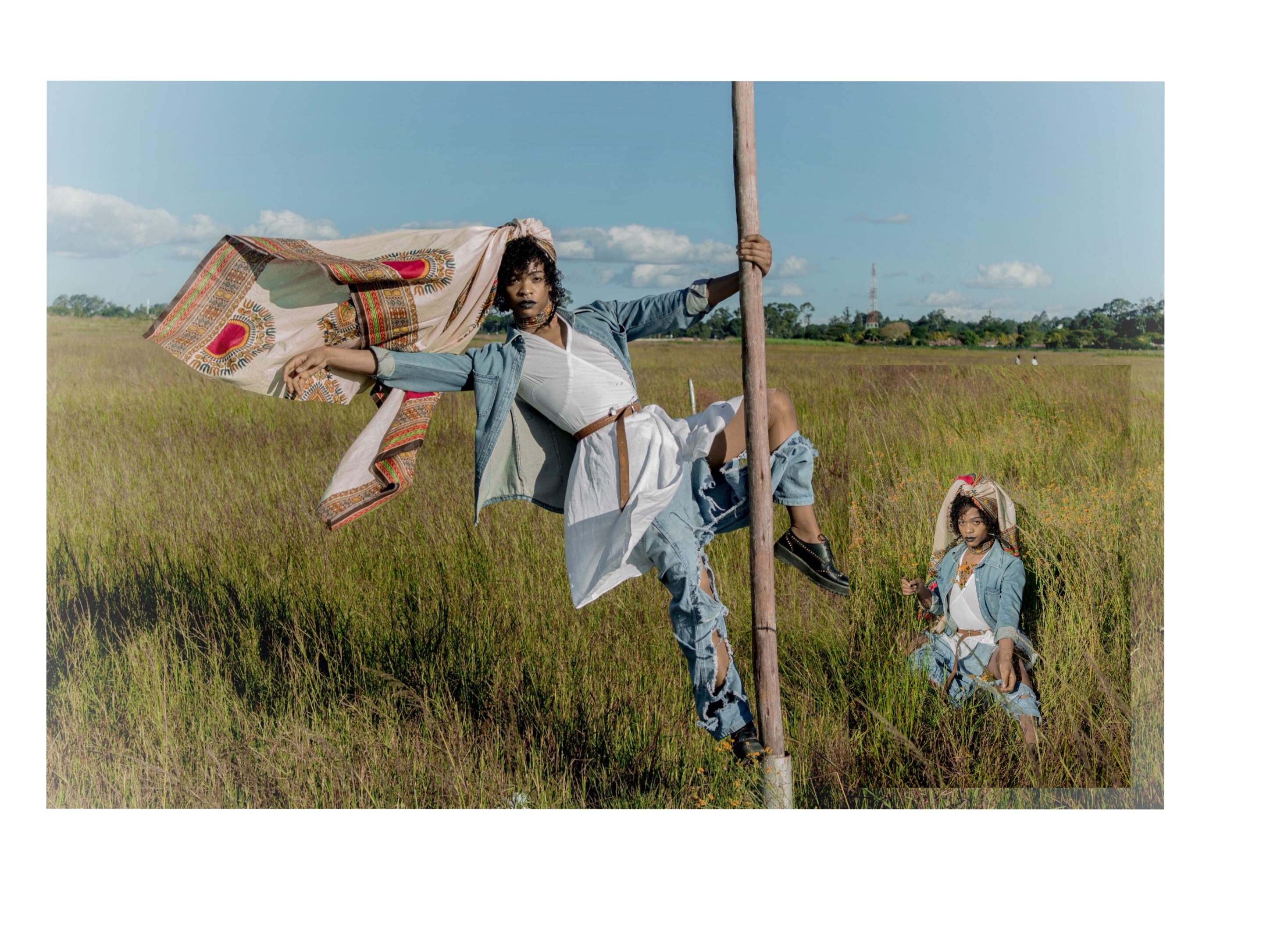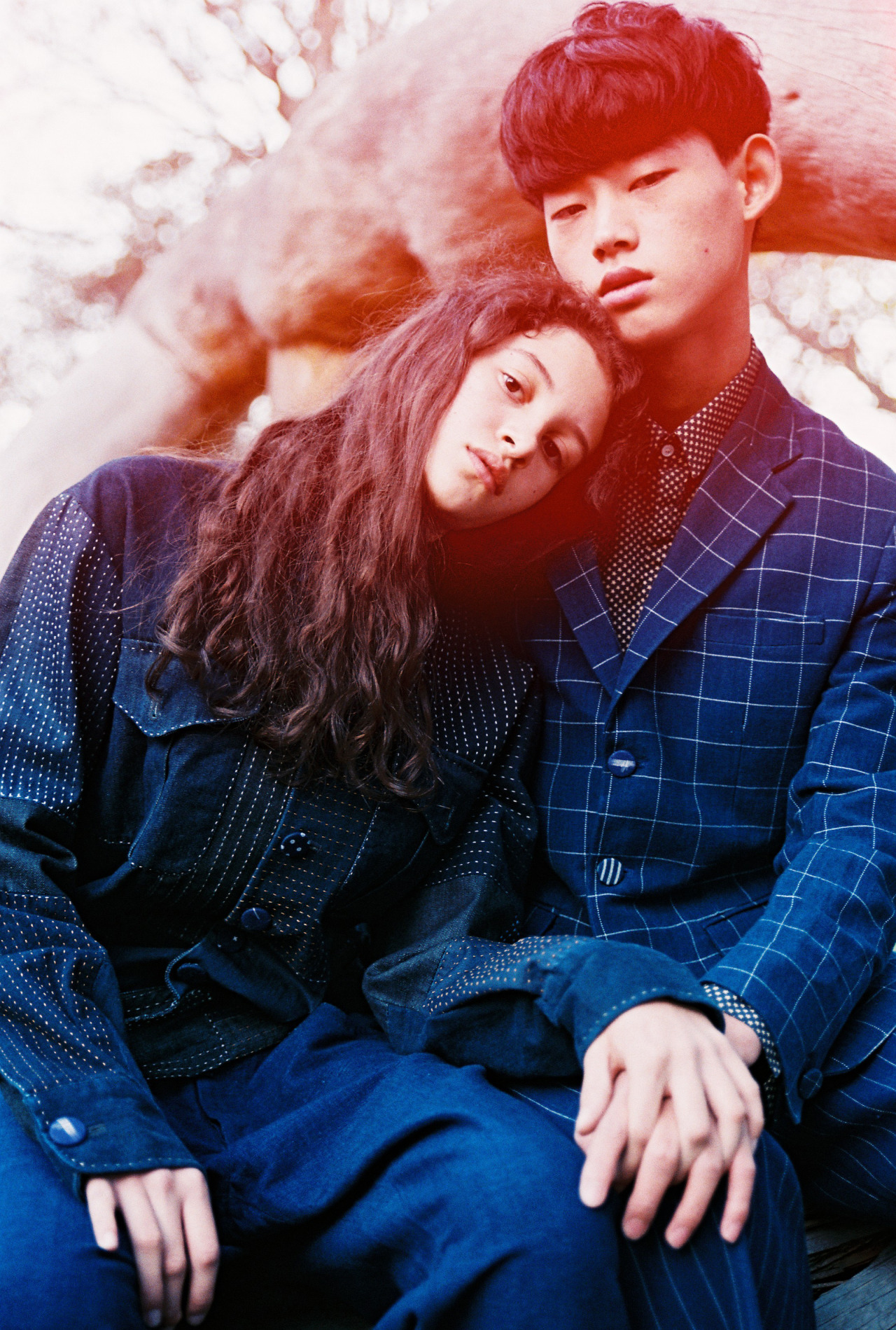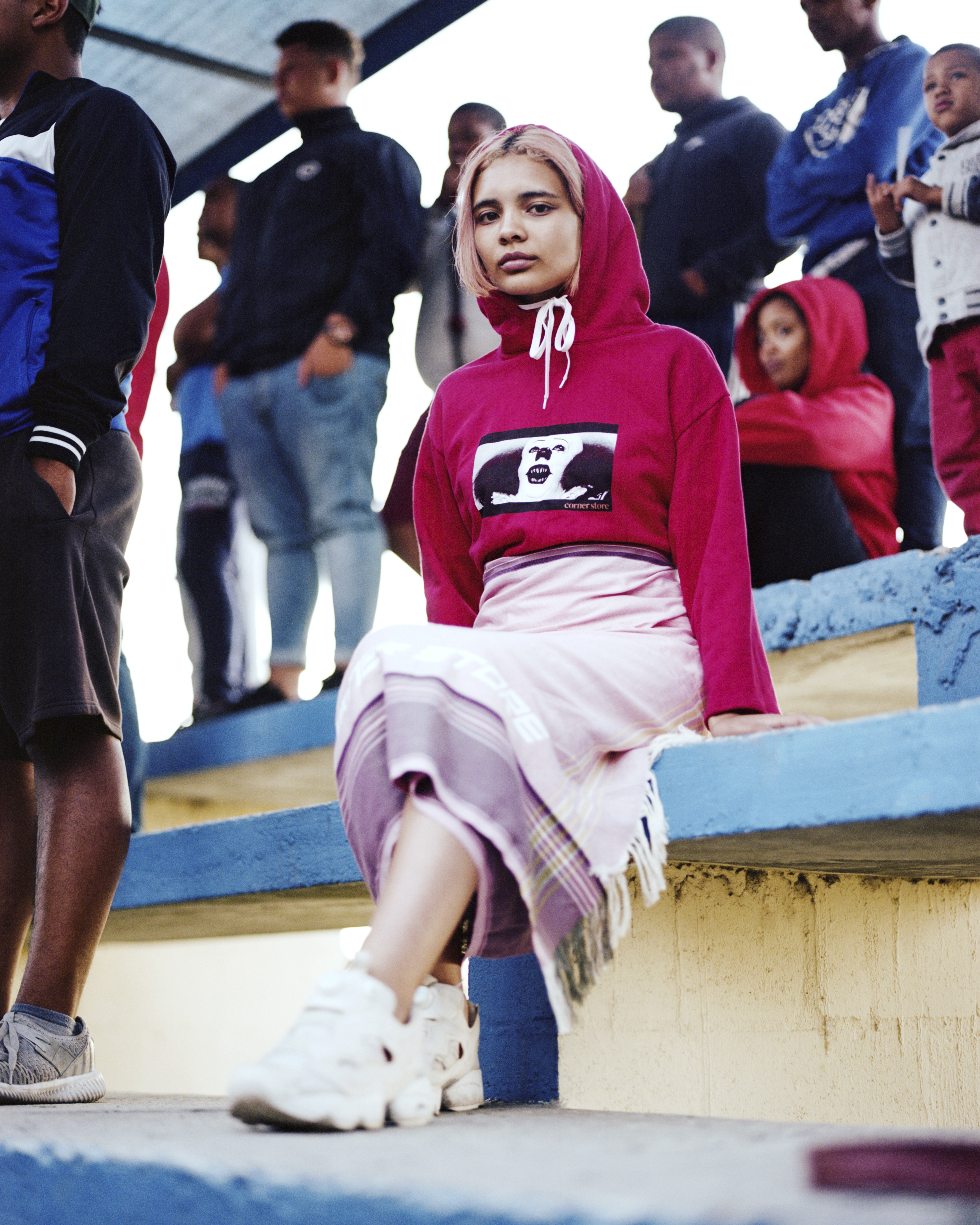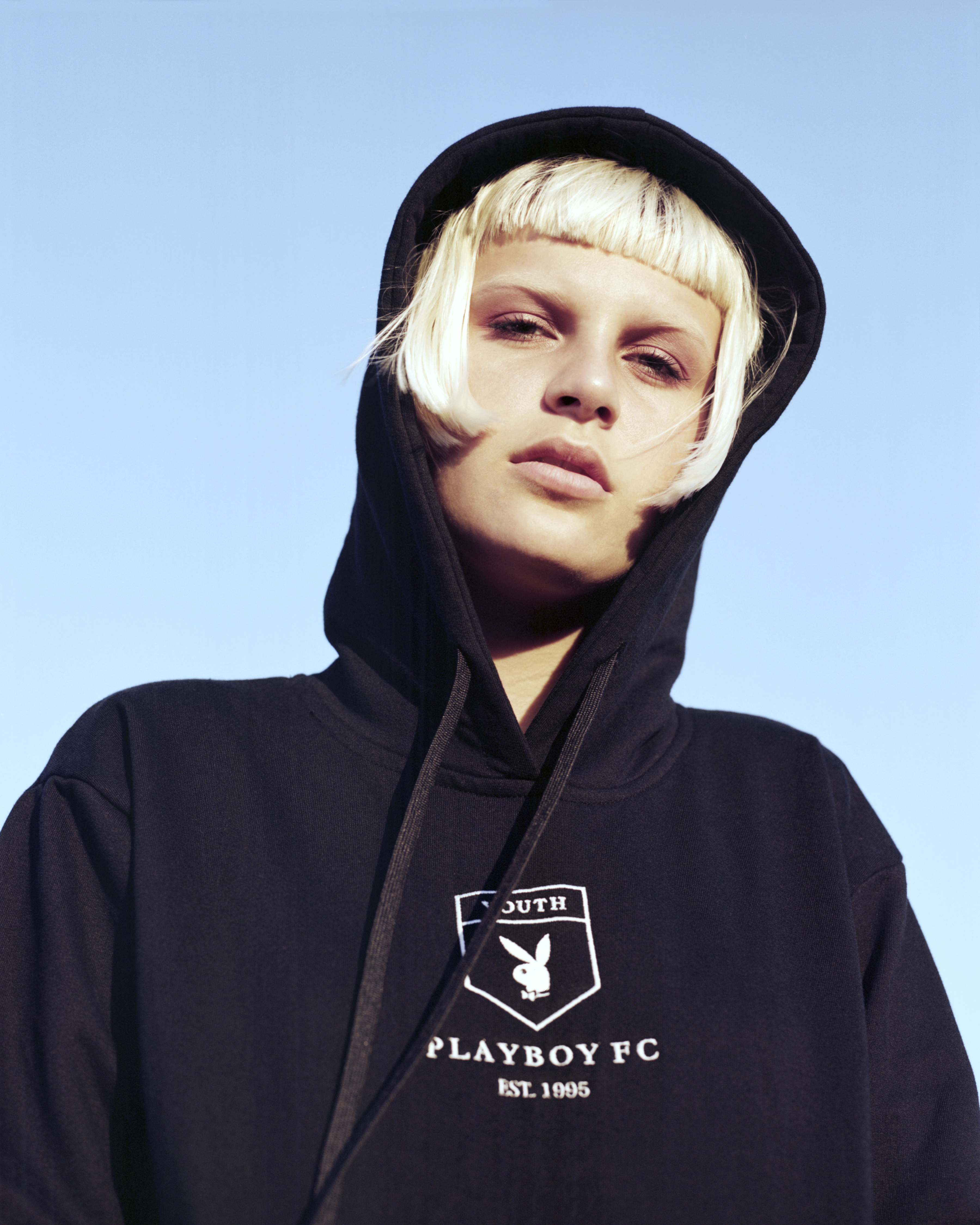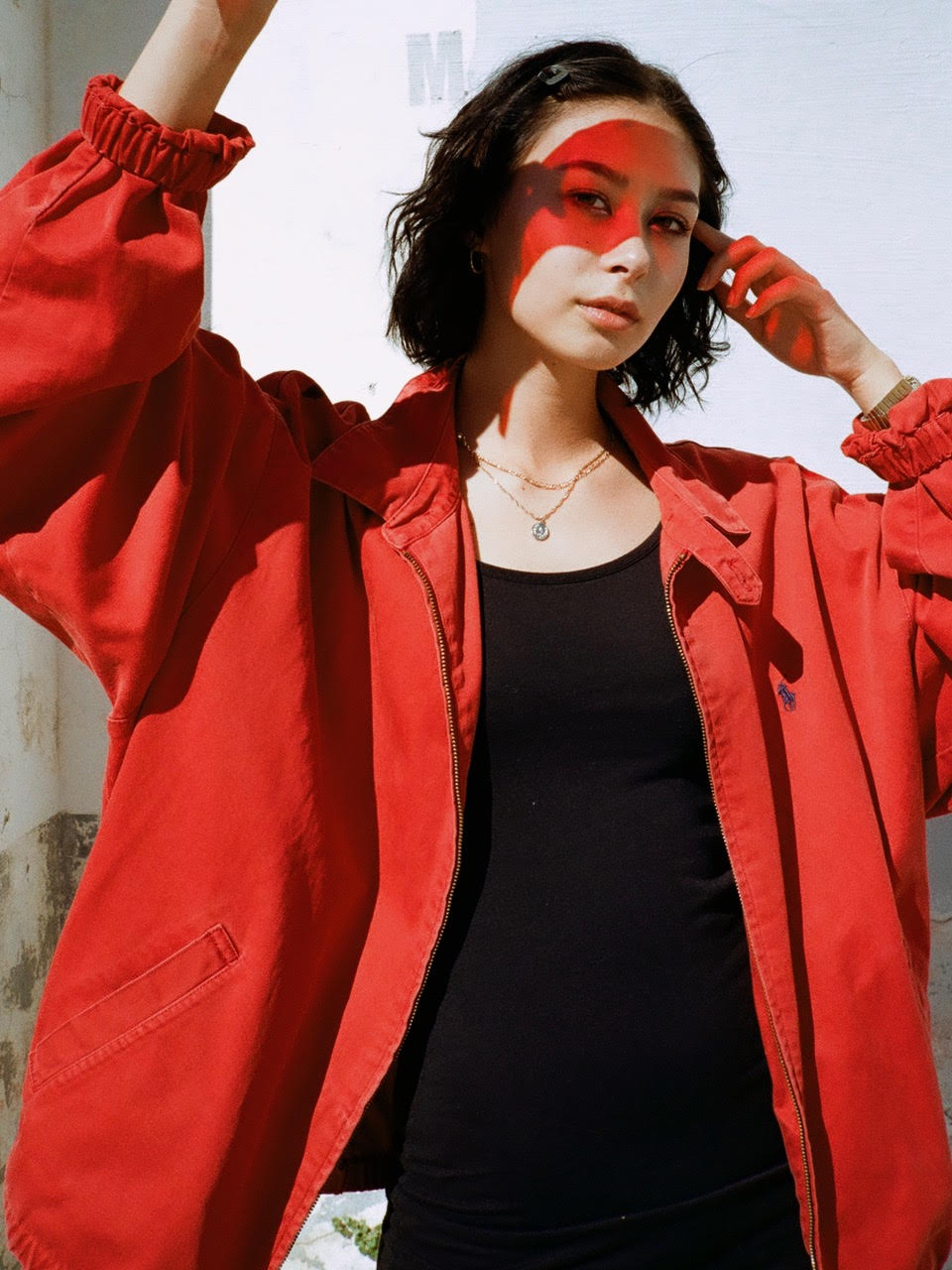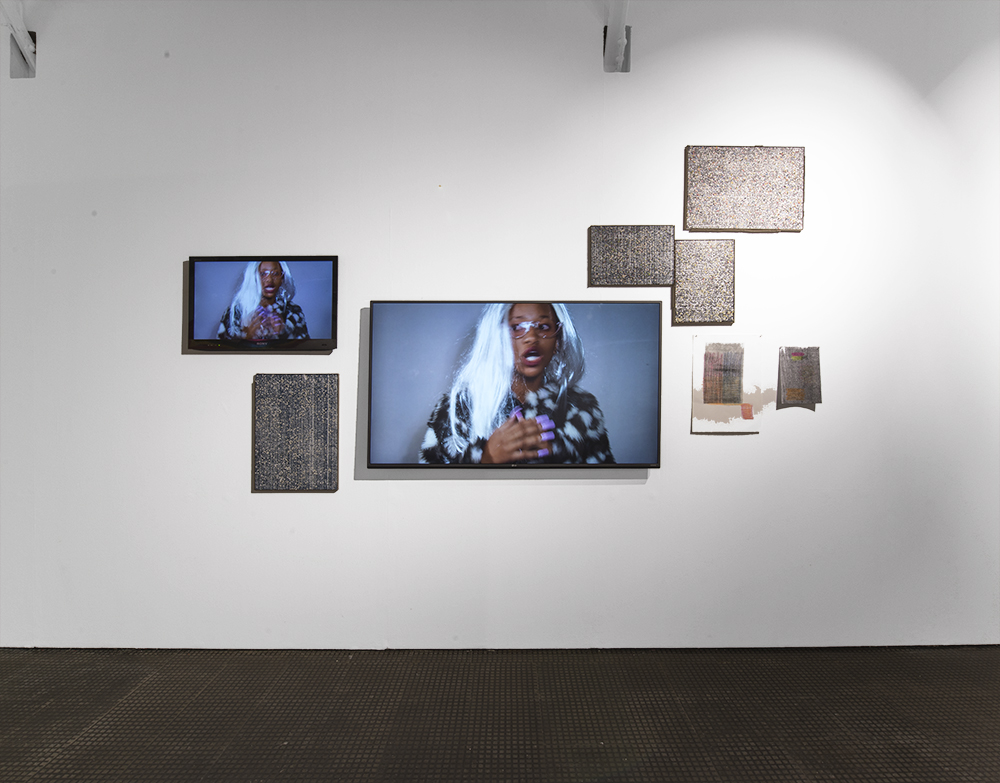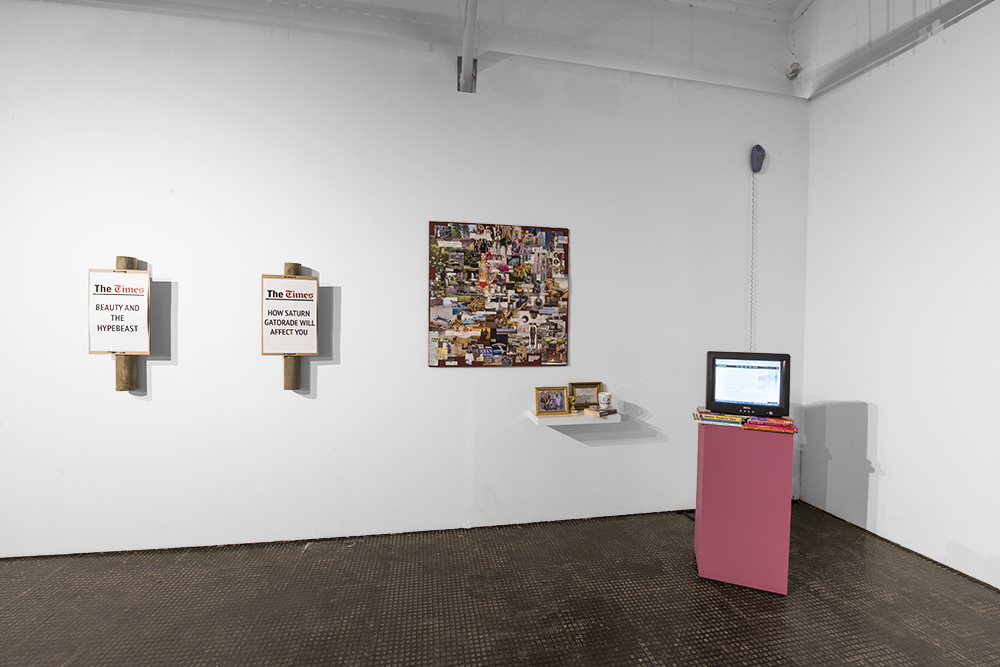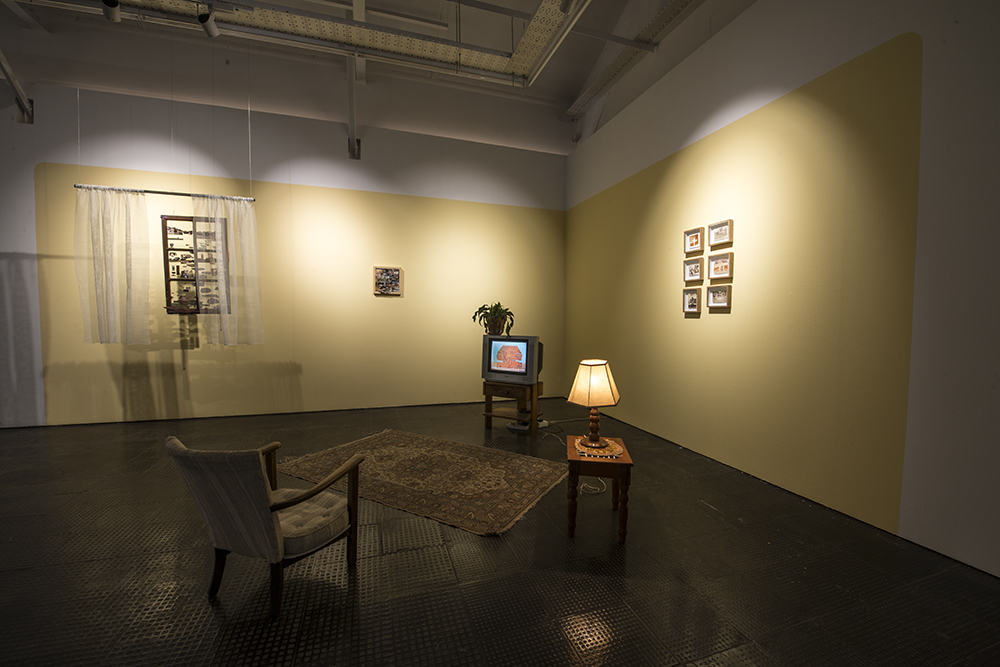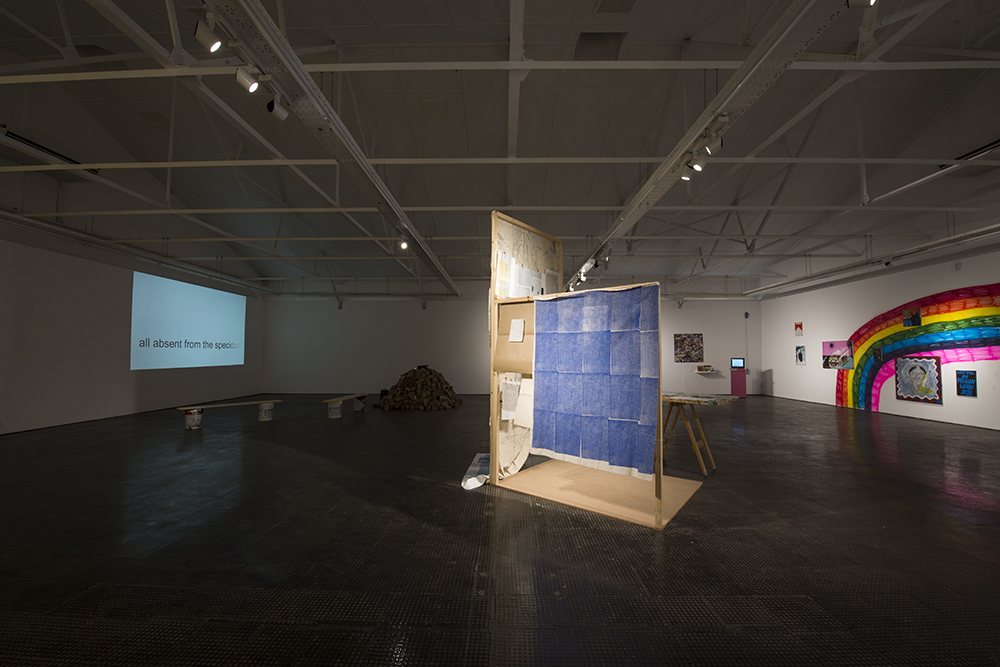The annual Confections x Collections (CxC) event returned to the Mount Nelson this month in a five-day celebration featuring intimate salon-style fashion shows curated by Twyg. The happening showcased local brands including Wanda Lephoto, VIVIERS Studio, Sindiso Khumalo, Mantsho, and Chulaap. It also blended fashion shows with bespoke confectioneries inspired by the slow fashion labels.
The theme of the collections on show was “African Luxury Lore”, which highlighted the richness of African cultures and customs. Nellie’s Lounge was filled with renowned designers including VIVIERS Studio by Lezanne Viviers, an avant-garde, androgynous brand, and Sindiso Khumalo, the 2020 LVMH Prize winner, both making their second appearance at CxC. Joining them were Wanda Lephoto, known for sartorial storytelling, and Mantsho by Palesa Mokubung, celebrated for her bold and bountiful designs. The closing act featured the “Prince of Print,” 0, a Cape Town-based designer of Thai descent.
CxC not only showcased these designers’ talents but also paid homage to Cape Town‘s prominent pink hotel and its tradition of supporting local artisanal skills. Following its famed 50-year afternoon tea tradition, the event highlighted the convergence of fashion and confectionery, with Mount Nelson’s Executive Pastry Chef Vicky Gurovich crafting bespoke treats inspired by the designer collections for the two daily fashion shows.


During the event, Master of Ceremonies Seth Shezi led intimate talks with the designers, revealing the common thread of collaboration and community. In the thought-provoking conversations, the designers discussed their creative achievements, both in South Africa and on the international stage.
Wanda Lephoto, for instance, shared insights into his Me Fie collection, which revisits African stories through contemporary style, weaving subcultures and influences into tailored garments that embody the spirit of friendship and community. He recalled his observation of the migration of communities towards Johannesburg‘s city centre, and how as a result the Ghana Must Go bags, with that iconic crosshatched pattern, became central to his work.
Lezanne Viviers of VIVIERS Studio went into the notion of origin, both of our existence and of the clothes we wear. Using Japanese printing techniques on reclaimed silk, Viviers adds a new dimension to South African silk. Her emphasis was on the collaborative efforts that ensure the survival of the design community, saying: “There is one designer with the idea, but it takes 50 people working together to make the vision clear.”


Sindiso Khumalo, in her return to CxC, not only showcased her whimsical dresses but also provided a sneak peek into her latest collaboration with the European retailer & Other Stories. The recently introduced children’s and swimwear featured embellishments such as ribbons, narrative prints, and collars reminiscent of the Peter Pan style. Khumalo’s collection continued its plastic-free principle, featuring clay jewellery by renowned South African sculptor Githan Coopoo.
Founded in 2004, Mantsho by Palesa Mokubung is a brand that embodies the spirit of building a legacy through community. Mokubung, an inspiring Black Femme practitioner in the industry, expressed how her community serves as a driving force behind her creative work. By employing a distinctive range of vibrant prints and elaborate silhouettes, the designer presented a collection that spoke to the great legacy of African-inspired patterns.
When it came to Chuulap by Chu Suwannapha, attendees were taken on a global journey with the Sea Explorer collection for Spring/Summer 2024. Suwannapha’s intriguing blend of colours, patterns, and maps across trench coats, knitwear, and aquatic accessories. The collection as a whole paid homage to African culture and drew inspiration from ocean exploration and Cape Town’s wild environment.
From historic threads to a cosmopolitan array, Confections x Collections showcased the enduring significance of Mount Nelson, which is now nearing its 125th anniversary. The luxury hotel is an iconic cornerstone of the Cape Town scene and the event reminded us of the hotel’s commitment to preserving heritage and fostering a vibrant community in the arts.












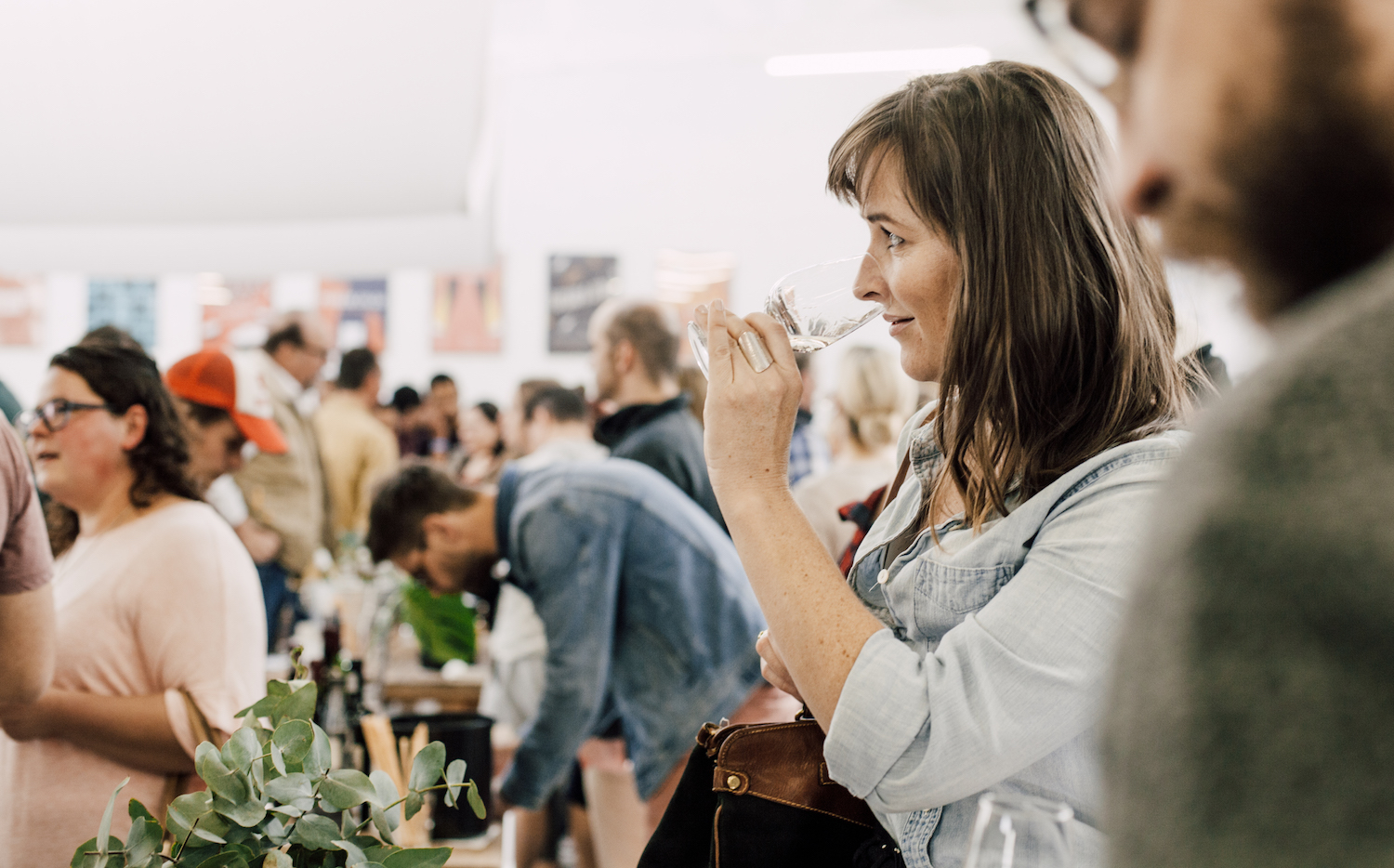




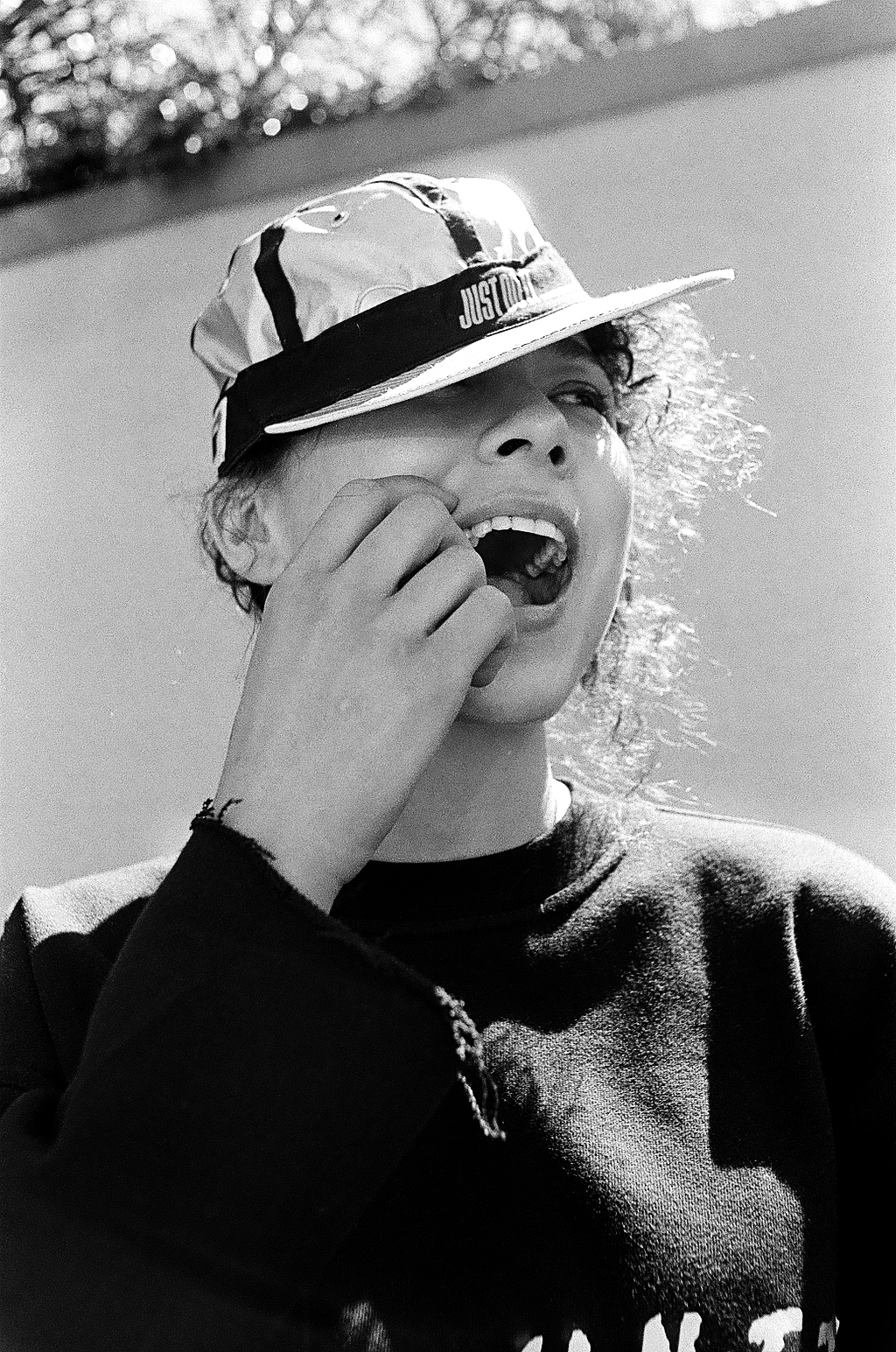


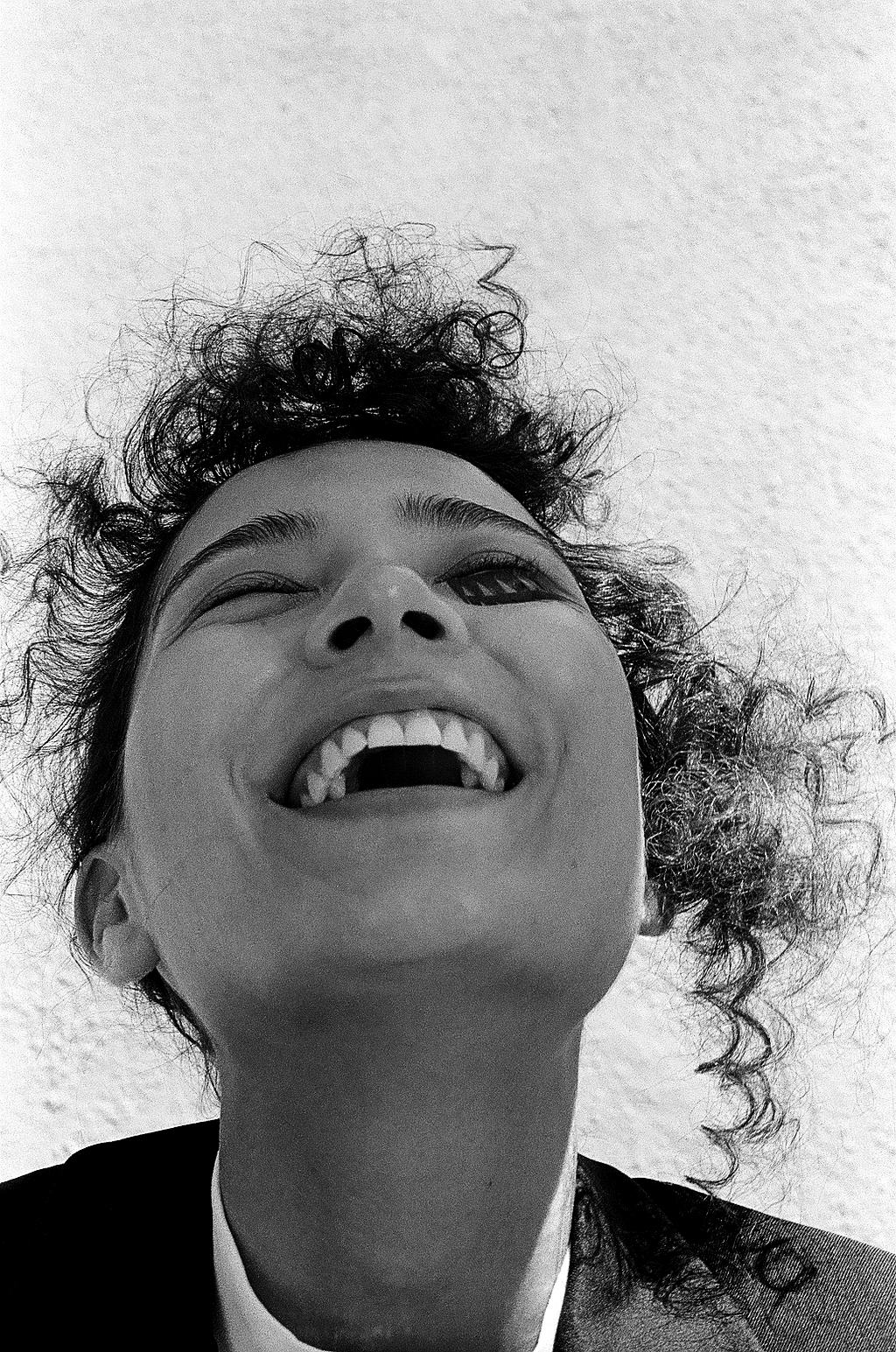









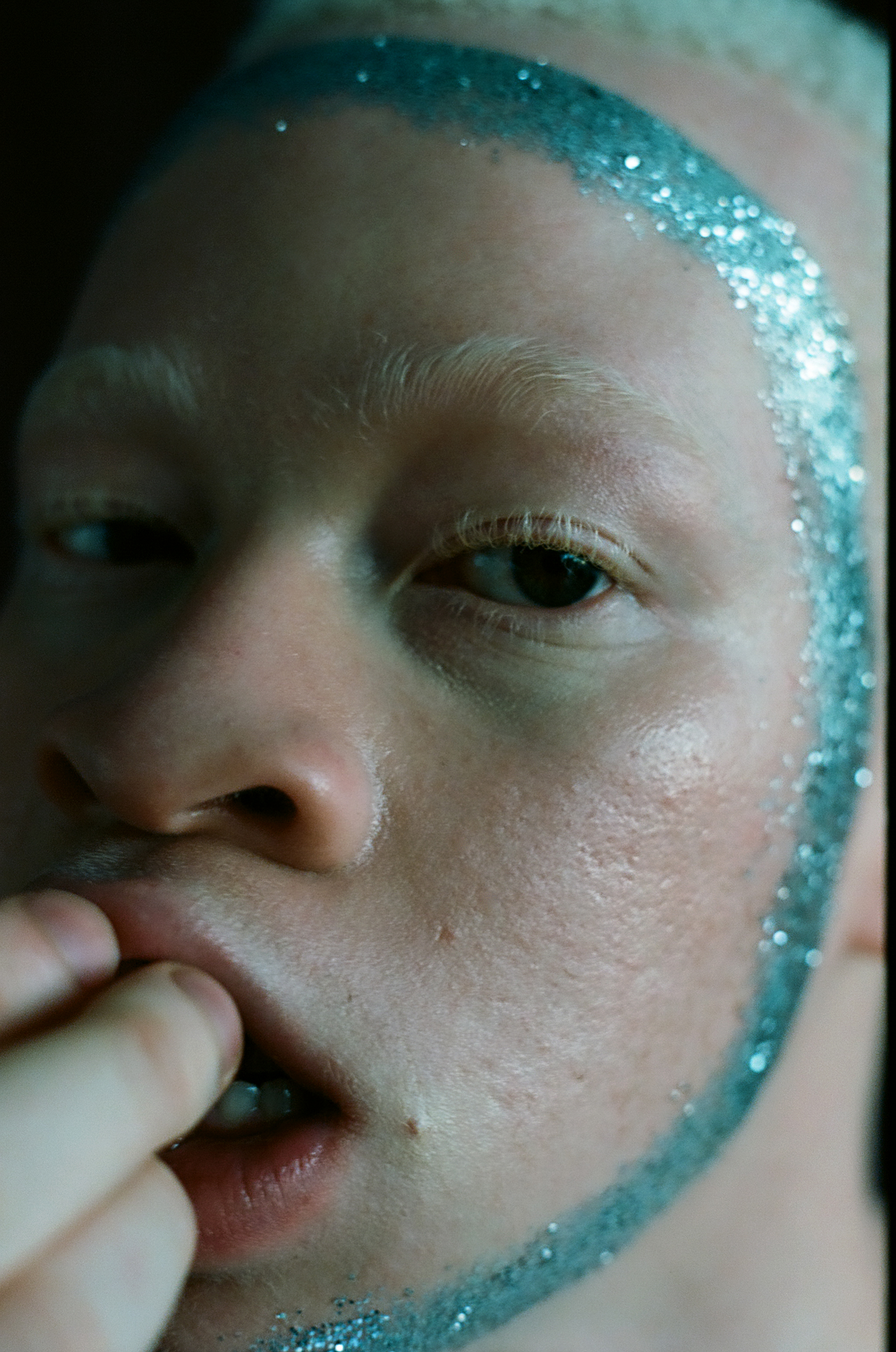



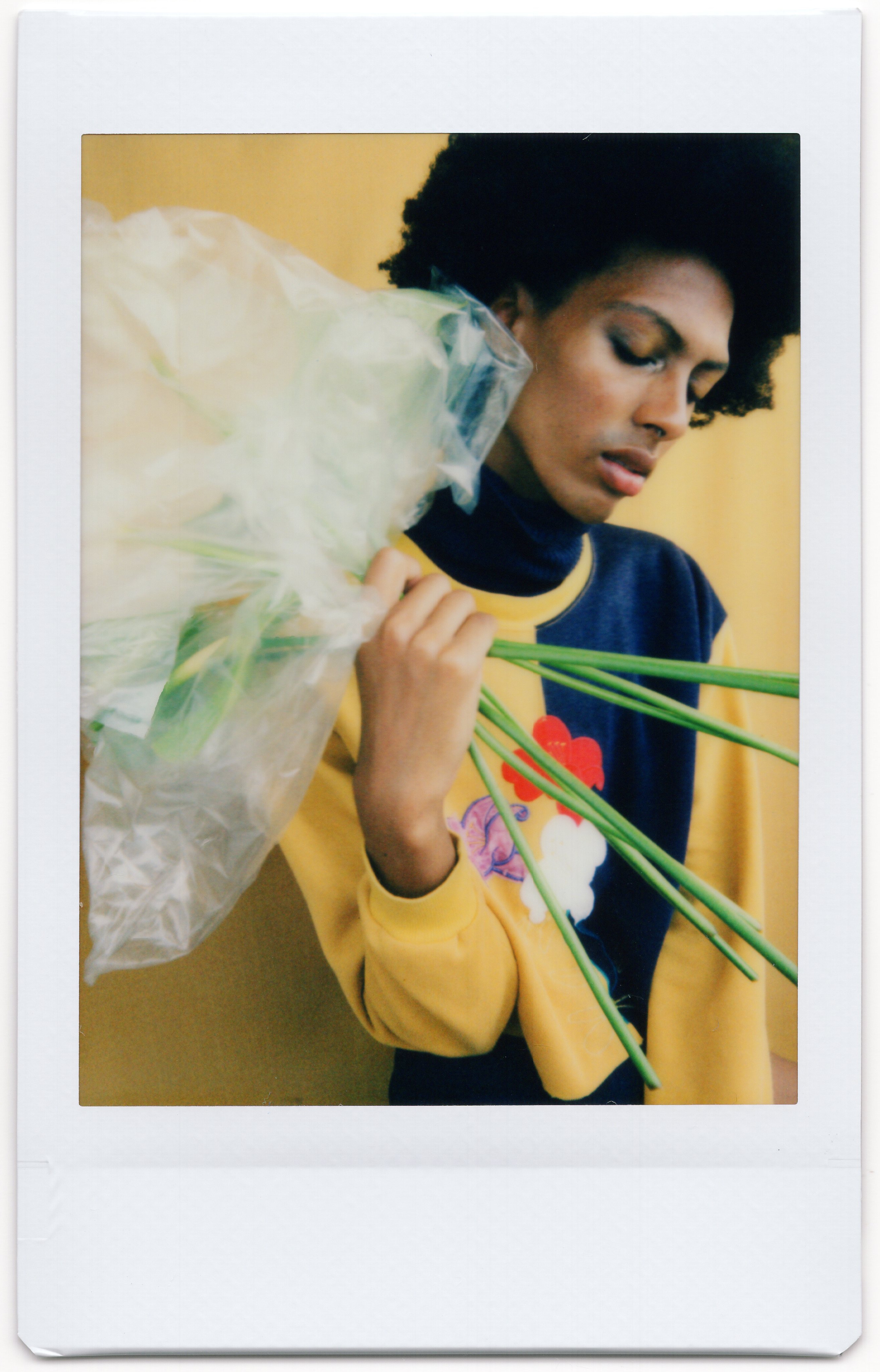











 explains.
explains.



